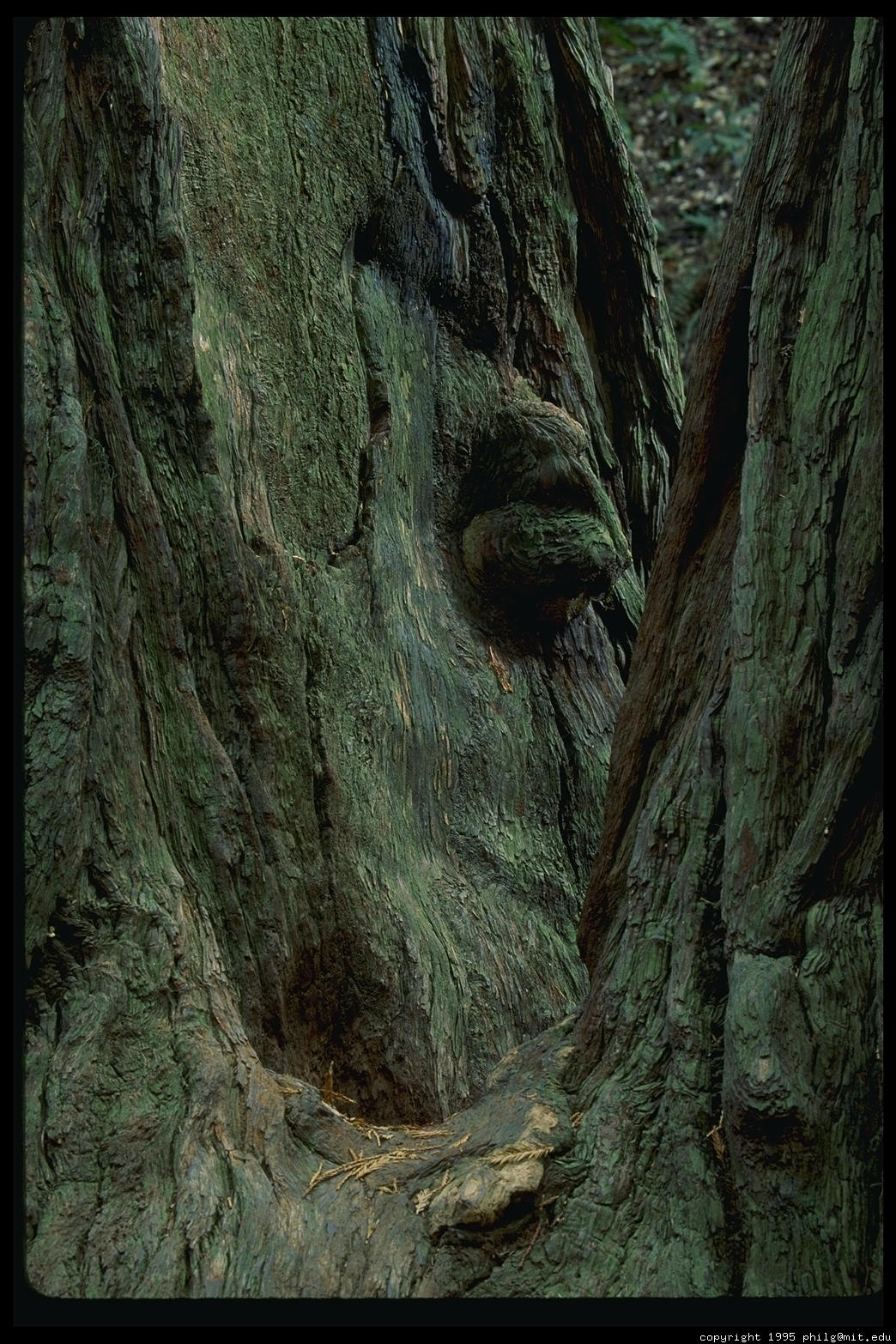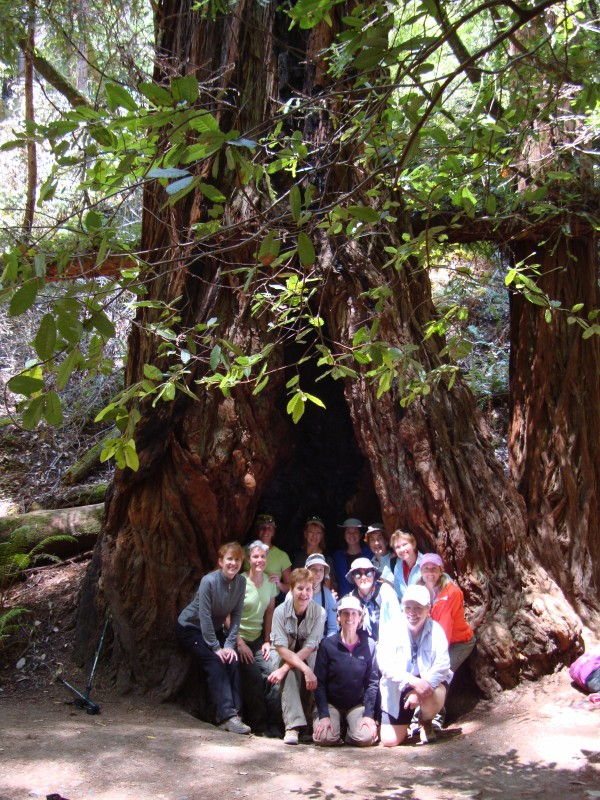

Though there are more flowers in the spring, this plant has blossoms throughout most of the year which attracts butterflies throughout the year. It produces mounds of delicate green foliage and has dark purple blossoms with lavender streaks and the blossoms are lightly scented. This adaptable mounding perennial is a selection from Cedros Island. Blooming Season (s): Spring Summer Fall.Flower Color: Lavender Pink Purple Yellow White.leucantha, Mexican bush sage (3-4’ x 3-6’) spathacaea, hummingbird sage (1-2’ spreading), herbaceous groundcover that grows well in dry shade and spreads slowly by underground rhizomes large leaves have a wonderful fruity fragrance the only red-flowered native sage. sonomaensis, Sonoma sage (1-2’ x 3-4’), groundcover that prefers light shade and will not tolerate damp conditions cultivars include S. ‘Point Sal’ (2-3’ x 6’), both of which are from Santa Barbara county. ‘Amethyst Bluff’ (3-5’ x 3-5’) and others with a sprawling form, such as S. leucophylla, purple sage, includes plants with both an upright growth habit, such as S. clevelandii, Cleveland sage (3-5’ x 3-5’), medium-sized shrub for hot, dry locations known for pleasant fragrance and deep blue whorls of flowers popular cultivars include S. ‘Bee’s Bliss’ (1-2’ x 6-8’), superb, light gray groundcover with light purple flowers on long spikes damp conditions can cause mildew which will clear with warm weather and sunny conditions.apiana, white sage (3-4’ x 4-6’), silvery-white, aromatic leaves with tall flower spikes of white flowers, popular for honey production and in bundles as a natural incense. Annual pruning in late summer or fall generally helps to keep plants tidy and healthy.

#Bee garden muir woods full#
Sages that are native to California are generally drought-tolerant, prefer full sun, and little to no fertilizer. Salvias are attractive to hummingbirds, butterflies, and bees, and are generally ignored by deer. Salvias are a huge group of more than 900 species that include annuals, perennials, and shrubs adapted to a variety of climates and have varying water requirements.

horizontalis ‘Yankee Point’ (3’ x 12’), C. horizontalis ‘Diamond Heights’ (variegated, 1’ x 4’), C. Pay close attention to the mature size when selecting ceanothus to ensure that it has sufficient space for its natural form. Some do best in cooler coastal climates, but many thrive in hotter inland climates. Plants perform best with good drainage and minimal irrigation once established. The clusters of tiny flowers range from white to deep violet. Flowers are followed by seeds that provide food for birds. They provide a spectacular display of flowers in spring that will attract a multitude of pollinators. manzanita ‘Sentinel’ (6-8’ x 5’).Ĭeanothus spp & cvs Ceanothus, California lilac, 'Ray Hartman' OrganizationĬeanothus is a group of fast-growing, evergreen shrubs that vary from groundcovers to small trees, many of which are native to California. These plants have evergreen foliage, small white-to-pink, urn-shaped blossoms in late winter to early spring, and then small fruits that resemble tiny apples. Manzanitas have varying shades of striking, reddish brown bark and can provide structure to a garden.

Manzanitas vary from carpet-forming groundcovers to small trees.


 0 kommentar(er)
0 kommentar(er)
